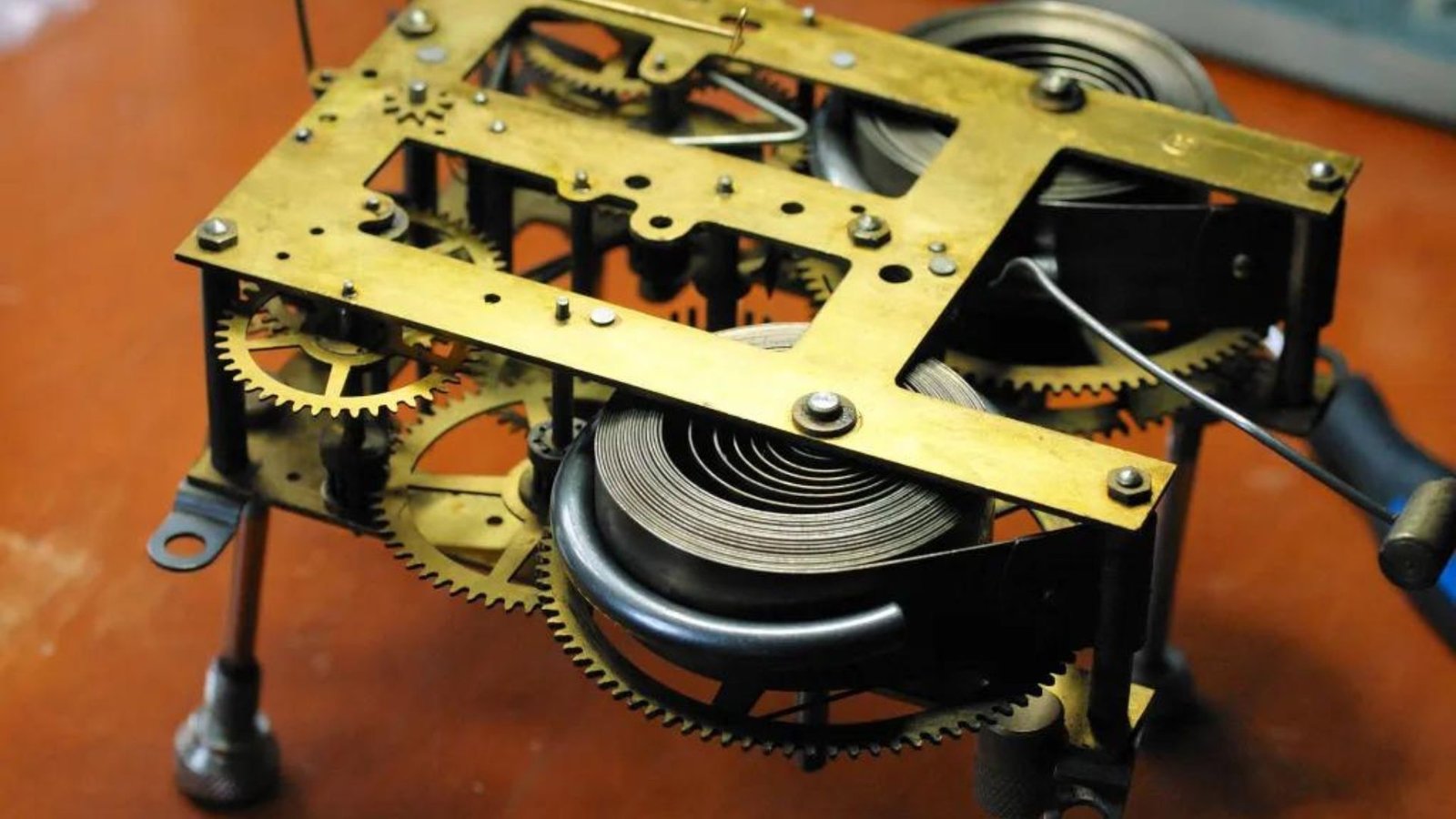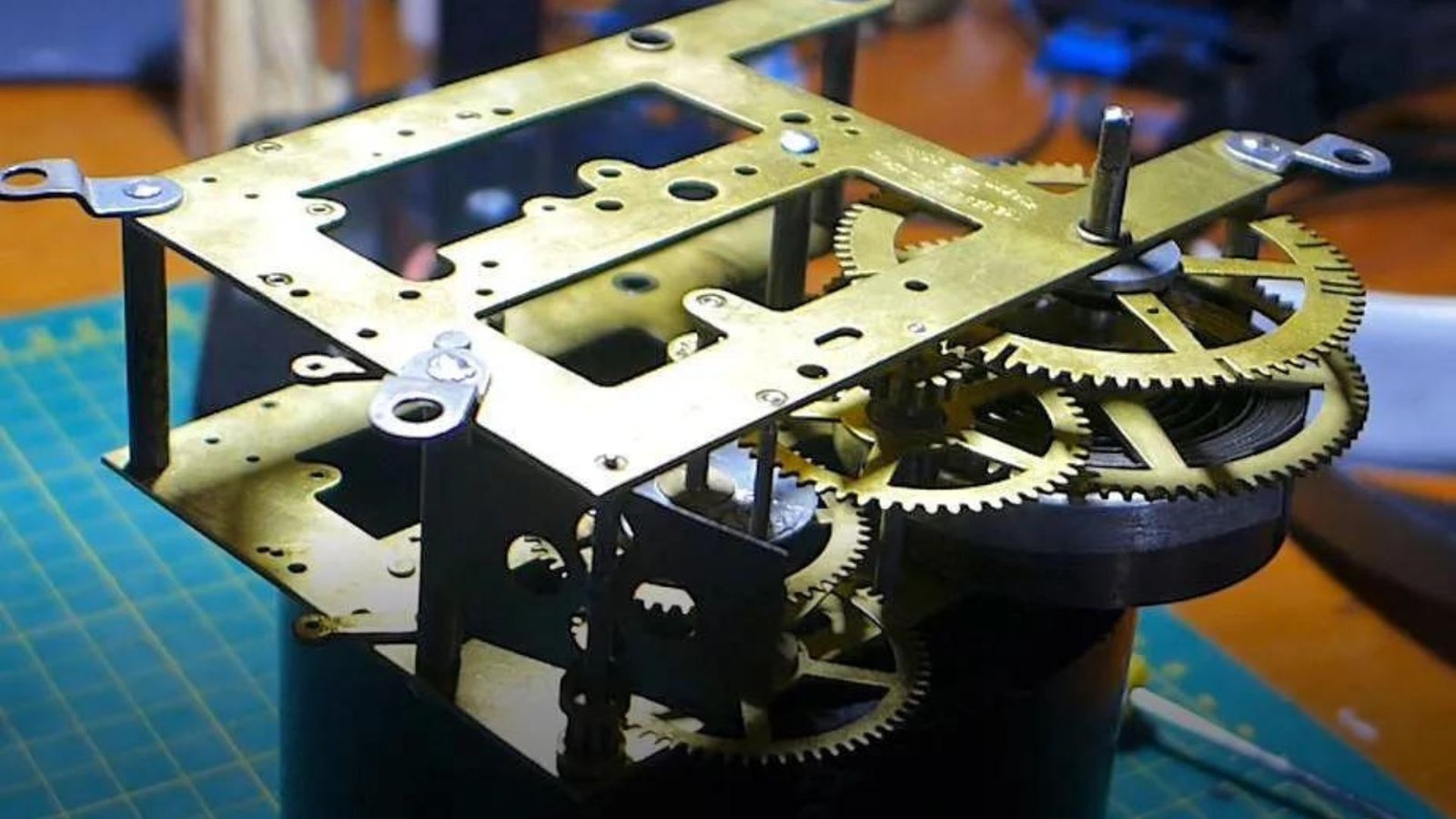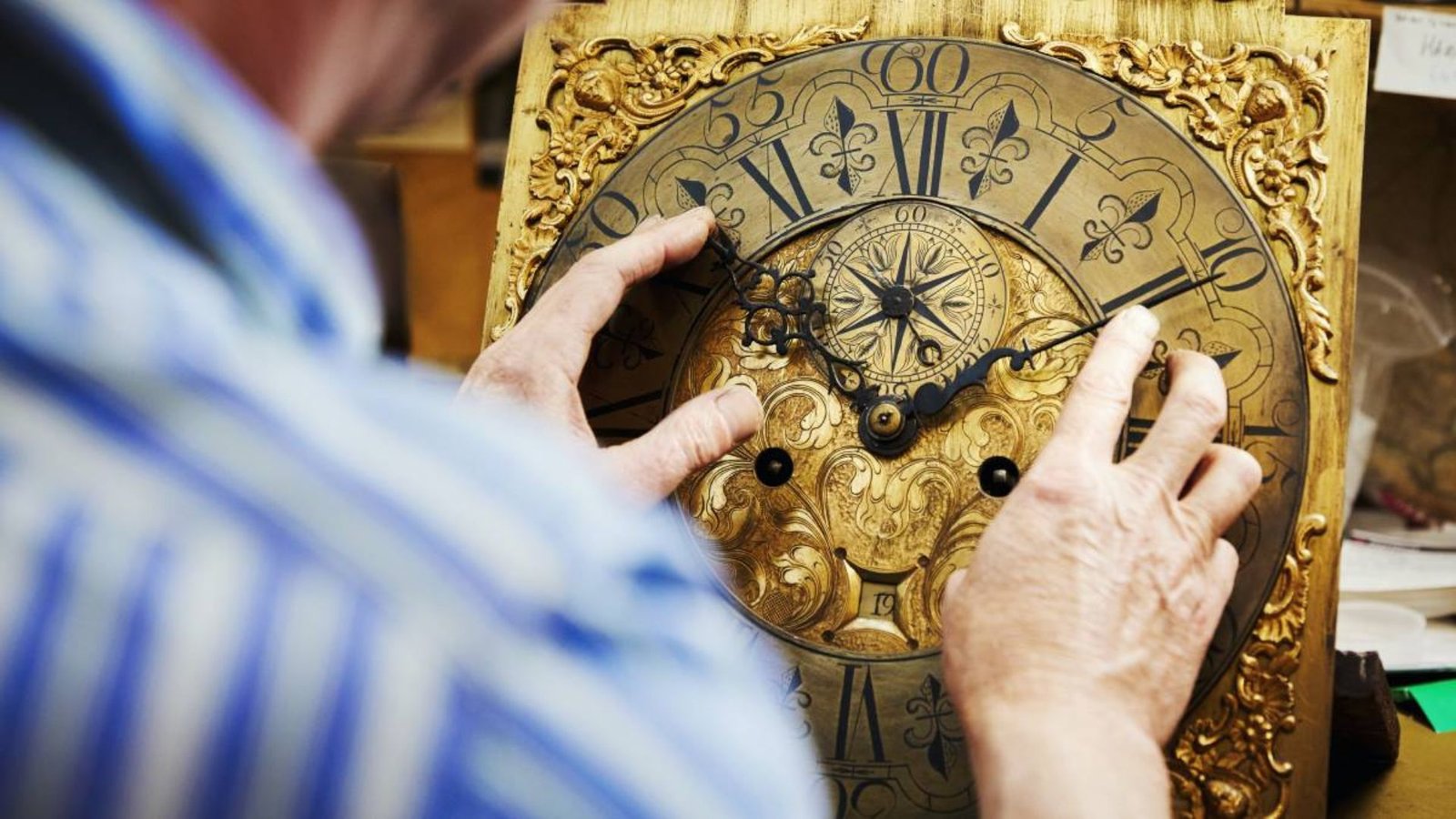Repairing a clock on your own can be a satisfying project if you have the right tools and knowledge. Whether it’s a battery-operated clock, an antique mechanical clock, or a wall clock, understanding the basics of clock repair can save you time and money. Here’s a guide on the essential tools and techniques you’ll need for DIY clock repair.

Essential Tools for Clock Repair
Before starting your DIY clock repair, gather these essential tools:
- Screwdrivers: A small set of precision screwdrivers is crucial for opening the clock’s casing and handling tiny screws inside.
- Tweezers: Fine-pointed tweezers will help you handle small parts, especially if you’re working on delicate clock mechanisms.
- Pliers: Needle-nose pliers can assist with holding and adjusting small components, such as springs and gears.
- Oiler Pen: Clocks, especially mechanical ones, need proper lubrication for smooth operation. Use an oiler pen with specialized clock oil to avoid damaging the clock.
- Cleaning Solution: A clock cleaning solution will help remove dirt, dust, and old oil from the movement. Ensure that the cleaning solution is safe for delicate mechanisms.
- Soft Cloth or Brush: Use these to carefully clean the clock’s exterior without scratching the surface.
- Clock Leveler: If your clock has a pendulum, it’s important to ensure the clock is level to function properly. A small leveler can help with this.
- Hand Puller Tool: If you need to remove or adjust the clock hands, this tool is vital to avoid damaging the dial.
Basic Clock Repair Techniques
a. Battery Replacement
For quartz (battery-operated) clocks, if the clock has stopped or is losing time, the first step is to replace the battery. Always check the positive (+) and negative (-) ends of the battery, ensuring proper orientation.
b. Cleaning the Clock Mechanism
Dust and debris can hinder the proper movement of gears and springs. Use a soft brush or cloth to carefully clean the exterior and interior components. For mechanical clocks, remove the movement and gently clean with a clock cleaning solution. Let the parts dry completely before reassembling.
c. Fixing a Pendulum
If your pendulum clock stops working or isn’t swinging properly, it may be due to imbalance or improper leveling. Use a clock leveler to ensure the clock is standing upright. Additionally, check the suspension spring (which holds the pendulum) to make sure it’s not broken or misaligned.
d. Adjusting Timekeeping Accuracy
If your clock is running too fast or slow, you can adjust the pendulum’s length on mechanical clocks. Lengthening the pendulum makes the clock run slower, while shortening it speeds it up. For quartz clocks, check the movement or replace it if the issue persists.
e. Lubrication
Proper lubrication is essential to maintain the clock’s gears and springs. Use an oiler pen to apply a small amount of clock oil to pivot points and gear teeth. Be cautious not to over-lubricate, as excess oil can attract dirt and slow down the movement.
f. Fixing Loose or Bent Clock Hands
If the hands of the clock are not moving correctly, they may be loose or bent. Carefully remove the clock hands using a hand puller tool. Straighten any bent hands and reattach them securely, ensuring they don’t touch each other or the dial.
When to Avoid DIY Repairs
While many minor repairs can be done at home, certain repairs may require professional attention, especially for valuable or antique clocks. Issues like broken gears, complex mechanical problems, or severe damage should be handled by a trained clockmaker.
Conclusion
DIY clock repair is a rewarding skill that allows you to restore and maintain your clocks at home. With the right tools, such as screwdrivers, tweezers, and clock oil, along with basic techniques like battery replacement and cleaning, you can handle most minor repairs. However, for more complex issues, it’s always wise to consult a professional to prevent further damage.




